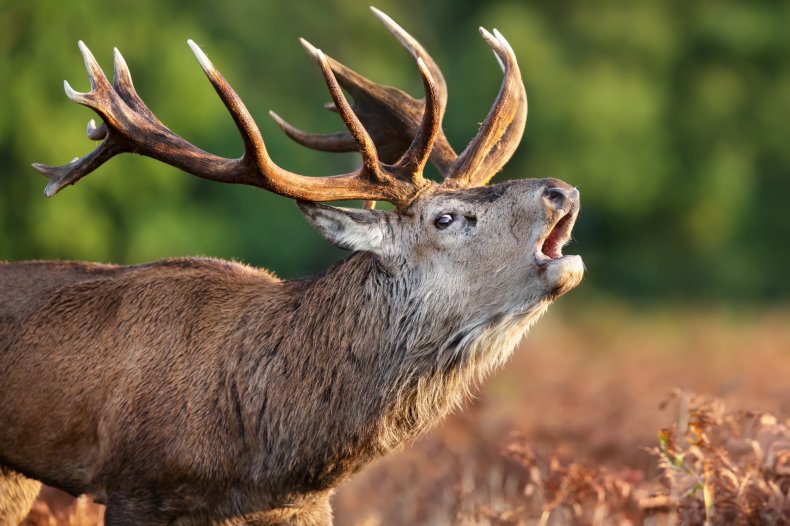Archaeologists have uncovered evidence of a Neanderthal community that hunted deer around 60,000 years ago.
The discovery came during annual excavations carried out this summer at the archaeological site of Abric Romaní—a large rock shelter located in the autonomous community of Catalonia, northeastern Spain, over 20 miles west of the city of Barcelona.
Neanderthals (Homo neanderthalensis) are one of our closest extinct relatives. They lived in Eurasia until disappearing around 40,000 years ago.
The excavations led by researchers with the Catalan Institute of Human Paleoecology and Social Evolution (IPHES-CERCA) and Rovira i Virgili University (URV) unearthed more than 1,000 archaeological remains at the site this year.

Among the finds are stone tools, animal remains and the remnants of structures, the IPHES-CERCA said in a press release. They were found in an archaeological layer (referred to as "Rb") in which archaeologists uncovered a partial Neanderthal skull during excavations in 2022.
The Rb layer corresponds to a period of time in prehistory when a group of Neanderthals were searching for food and set up camp in the area, researchers said. The team found the remains of what this group ate, with the evidence in the Rb layer indicating that this group specialized in hunting deer.
Archaeologists found the remains of at least four male deer—three of which were piled up in the same area—as well as fragments of antlers and other skeletal remains.
Given that the four male deer remains were found with large antlers which they had yet to shed before being killed, the researchers said the animals were likely hunted in the fall.
Demà dijous acaben les excavacions a l’Abric Romaní (Capellades)... com han anat?🔨 Aquest any s’ha continuat excavant el nivell R, on l’any passat es...
The excavations also uncovered animal bones that the Neanderthals had fractured themselves. The reason for this was to obtain the marrow inside—an important source of protein and fat, the researchers told Spanish news agency EFE.
In addition, the researchers uncovered numerous stone tools, made primarily from local flint but also quartz and limestone. The tools were produced using a wide variety of different carving methods, according to the archaeologists.
Among the tools discovered in the Rb layer were stone instruments with edges similar to current serrated knives.
"These multipurpose instruments are related to the wide diversity of tasks that were developed during the occupation of this stratum," M. Gema Chacón, co-director of the excavation with IPHES- CERCA and URV, said in the press release.
Earlier this year, researchers uncovered evidence of prehistoric humans using a "surprising" method to hunt and kill giant, now-extinct cattle, at an archaeological site in Israel.
The findings came from investigations conducted at the Nahal Mahanayeem Outlet (NMO)—a Paleolithic hunting locality that has been dated to around 60,000 years ago.
The ancient hunters who once frequented this site left behind stone tools and animal bones that have enabled researchers to make educated guesses regarding their hunting techniques.
The latest research found evidence indicating that these ancient humans used a short-range hunting method—most likely ambushing—to take down the giant cattle.








